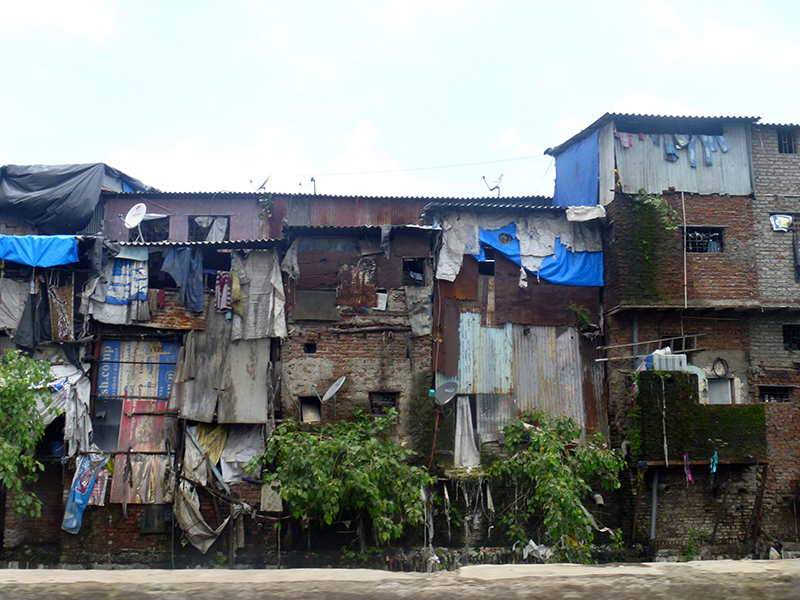Housing policies sometimes result in obstacles rather than solutions to development issues like affordable housing. Our student Tara Whelan, currently interning with SPARC in Mumbai explains how some of the policies from the past have shaped the slums that characterize the city today.
As Mumbai’s informal settlements continue to grow, we must understand the root causes and previous efforts that have led to the some of the city’s most desperate living conditions today. Working with SPARC as an intern these past few months has shed light on policies that have significantly influenced the housing market and had unintentional and complex consequences on its development trajectory.
The first policy was the Rent Act of 1947, which froze rents in Mumbai’s island city centre to their 1940 levels in response to the elevated housing costs after the Second World War. This significantly reduced the renting stock availability, making it even more difficult for lower income groups to access formal housing. This law is still roughly in place for the same buildings today and has become a conundrum for both building owners and the government. The law discourages landlords from maintaining buildings or renting them at all since paying tenants cannot be evicted (the contract is inherited even upon death), and so landlords are left to bribe out tenants in order to sell the property to a developer. Consequently, the government collects only a fraction of the rent-based property tax, which nowhere near reflects the value of the city center’s properties today.

The second policy was an attempt to compensate for the deficiency of the first by offering incentives to redevelop informal communities. The Slum Rehabilitation Act (SRA) of 1995 invites developers to provide slum dwellers with subsidized housing in exchange for a ratio of the floor area to sell on the open market. As long as the property owner and 70% of the community’s members agree, the residents get a legal home and developers are allowed to sell a portion of the area at market value, either on that site as Floor Space Index (FSI ) or at a site further north in the city as Transferable Development Rights (TDR). Unfortunately this has resulted in very poor construction and inefficiently designed homes for the slum dwellers, and huge profits for the developers who use the TDR’s in upper class and emerging financial districts of the city (Mumbai Reader 2009).
Though the concept of transferable development rights (TDR’s) in Mumbai was meant to encourage private construction for public amenities such as infrastructure, most developers are targeting slum development schemes since it has a larger payback. This has left much of the city’s development in private hands clashing with public and government interests, as well as that of receiving communities who don’t want to see their neighborhoods increase in density.

These unique strategies are just two examples of the attempts at addressing affordable housing in Mumbai that have changed the way the city is growing. Understanding the original intentions as well as their unexpected results should serve as a reminder to planners and policy makers to anticipate the freedom given to the private sector and consider the consequences of any proposal in a fluctuating market. The issue of affordable housing in Mumbai still needs a large-scale, city-wide approach, but it will require much more effort and innovation to avoid getting caught up in the policy traps of the city.


